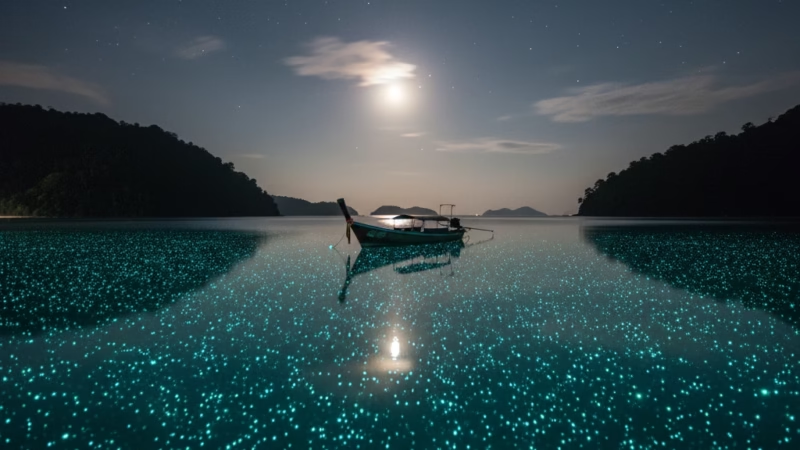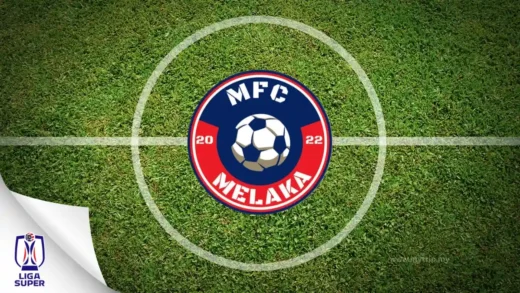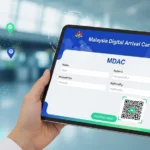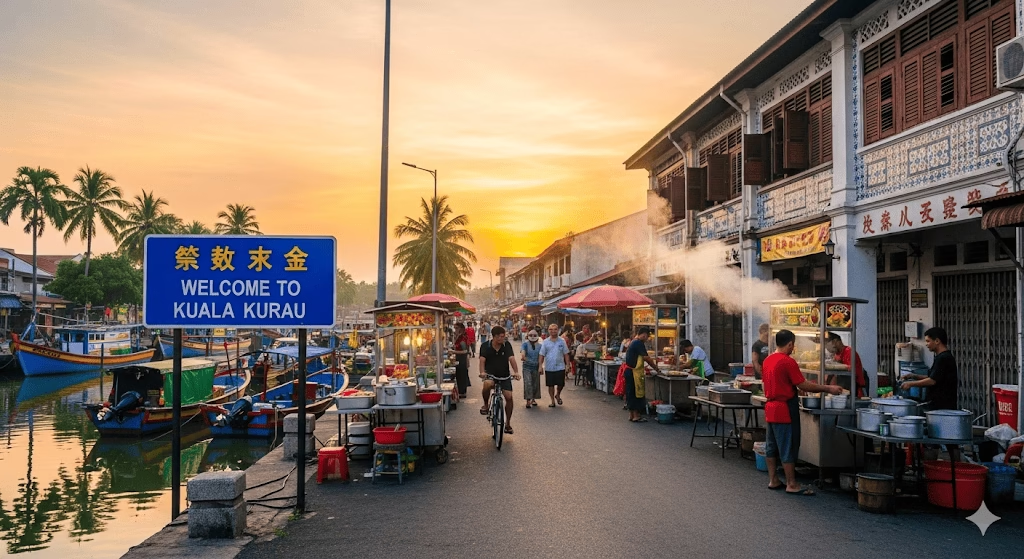How to See Glow-in-the-Dark Plankton in Malaysia

Introduction
Ever wondered what it’s like to witness the sea light up in shimmering blue? Malaysia’s glow-in-the-dark plankton—also known as bioluminescent plankton—offer an unforgettable natural spectacle. These tiny organisms emit light when disturbed, creating a dreamlike glow across the water. In this guide, you’ll learn how to see glow-in-the-dark plankton in Malaysia, the best places to go, and tips for enjoying this magical phenomenon safely and responsibly.
Step 1: Learn What Bioluminescent Plankton Are
Before you go chasing the glow, it helps to understand what you’re looking for.
Bioluminescent plankton are microscopic marine organisms that emit light when disturbed by waves, movement, or touch. The glow is most visible on dark, calm nights and is best experienced away from artificial light sources.
Tip: Choose moonless nights or new moon phases for the best visibility.
Step 2: Choose the Right Location in Malaysia
Malaysia has several beaches and islands where you can see glow-in-the-dark plankton. Popular spots include:
- Pulau Perhentian (Terengganu): Best viewed near Long Beach.
- Pulau Redang (Terengganu): Known for its quiet coves and glowing waters.
- Pulau Tioman (Pahang): A top eco-tourism site with visible plankton near ABC Beach.
- Tusan Beach (Miri, Sarawak): Famous for its “Blue Tears” glow.
- Langkawi (Kedah): Kayak tours at night reveal stunning bioluminescence near mangroves.
Tip: Check with local guides or resorts—they often organize night boat or beach tours specifically for plankton viewing.
Step 3: Pick the Right Time to Visit
Timing is everything!
Bioluminescent plankton are more visible during dry seasons (April–September on the east coast; November–March on the west coast). Avoid full moons or stormy nights, as light and sediment can reduce visibility.
Tip: Aim for evenings between 8 PM and midnight when the waters are calm.
Step 4: Plan a Guided Tour
While you can explore on your own, guided tours offer a safer and more educational experience.
Local guides know the best viewing spots, tides, and safety measures. Some tours include kayaking, snorkeling, or boat rides for closer encounters with the glowing waves.
Example:
- Langkawi Blue Tears Tour – departs nightly from Kuah Jetty.
- Perhentian Island Night Snorkeling Tour – offers bioluminescence viewing and coral exploration.
Step 5: Pack the Right Gear
Bring essentials for comfort and safety:
- Lightweight clothing and waterproof sandals.
- A dry bag for valuables.
- A headlamp with a red light (to preserve night vision).
- No flashlights or camera flashes – they can disrupt the experience.
- Optional: GoPro or low-light camera for subtle captures (no bright flashes).
Tip: Don’t wear sunscreen or lotion before entering the water—they can harm marine life.
Step 6: Respect Nature and Local Guidelines
Always practice eco-responsible tourism.
Avoid touching or scooping plankton, and never pollute the beach or sea. Remember, these microorganisms are part of delicate marine ecosystems.
Pro Tip: Choose eco-certified tour operators that prioritize sustainable practices.
FAQs
1. When is the best time to see glow-in-the-dark plankton in Malaysia?
From April to September (east coast) and November to March (west coast). Dark, moonless nights offer the best visibility.
2. Can I swim with the glowing plankton?
Yes, in many spots like Perhentian or Tioman, you can swim safely—but avoid using harmful chemicals or disturbing the plankton.
3. Is it visible year-round?
While bioluminescent plankton are present all year, their brightness depends on weather, tide, and light conditions.
4. Do I need special equipment?
No, just your eyes and patience! A guided tour may provide kayaks or snorkeling gear for closer views.
Conclusion
Seeing glow-in-the-dark plankton in Malaysia is a breathtaking experience that connects you with the ocean’s magic. By choosing the right time, place, and eco-friendly approach, you can witness nature’s living light show while preserving it for future travelers. So pack your gear, plan your trip, and get ready to watch the sea sparkle beneath the stars!















Comments are closed.